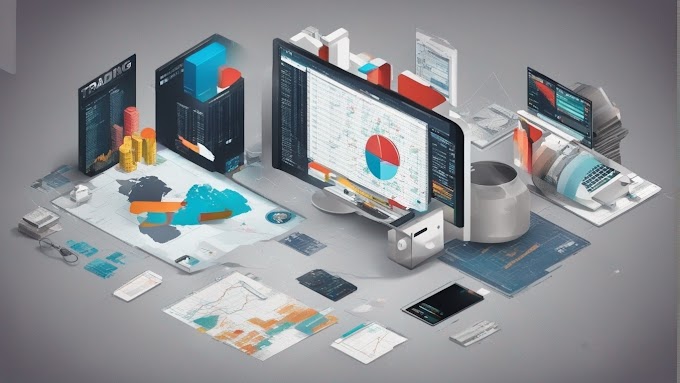How to Learn NFT Development: A Comprehensive Guide
The world of blockchain technology has given rise to a revolutionary concept known as Non-Fungible Tokens (NFTs). NFTs have garnered significant attention for their ability to tokenize unique digital assets, ranging from digital art and collectibles to virtual real estate and beyond. If you're eager to explore the realm of NFT development, this comprehensive guide will serve as your roadmap to understanding the fundamentals, mastering the technical aspects, and creating your own NFTs.
Understanding the Basics of NFTs and Blockchain
Before delving into the world of NFT development, it's essential to grasp the foundational concepts that underlie these unique digital assets:
Exploring NFTs: What Makes Them Special?
NFTs are distinct from traditional cryptocurrencies due to their non-fungible nature. Unlike cryptocurrencies like Bitcoin or Ethereum, which are interchangeable and hold equal value, NFTs represent one-of-a-kind items with unique attributes and ownership.
Blockchain Technology: The Backbone of NFTs
NFTs are built on blockchain technology, which ensures their security, transparency, and immutability. Familiarize yourself with the basics of blockchain, including decentralized ledgers, cryptographic hashing, and smart contracts.
Mastering NFT Development: Step-by-Step
Embarking on your journey to become an NFT developer involves a series of structured steps:
Step 1: Learn the Fundamentals of Blockchain
To create NFTs, you need a solid understanding of blockchain technology. Start by learning about the different types of blockchains, consensus mechanisms, and the role of miners and validators.
Step 2: Choose a Blockchain Platform
NFTs are supported on various blockchain platforms, including Ethereum, Binance Smart Chain, and Flow. Research and select a platform that aligns with your goals and technical preferences.
Step 3: Acquire Programming Skills
Developing NFTs requires proficiency in programming languages such as Solidity (for Ethereum), JavaScript, or Python. Invest time in learning these languages and their associated frameworks.
Step 4: Study Smart Contracts
Smart contracts are the foundation of NFTs. Study how smart contracts work, including their creation, deployment, and interaction with NFTs.
Step 5: Explore NFT Standards
NFTs adhere to specific standards that define their attributes and behavior. ERC-721 and ERC-1155 are popular standards for Ethereum. Dive into these standards and understand how they shape NFT development.
Step 6: Develop NFTs
Put your knowledge into practice by developing your own NFTs. Start with simple projects, such as creating a basic digital art NFT, and gradually move on to more complex concepts.
Step 7: Utilize Metadata
Metadata plays a crucial role in describing and representing NFTs. Learn how to add metadata to your NFTs, including attributes, images, and descriptions.
Step 8: Test and Deploy
Thoroughly test your NFTs on a testnet before deploying them to the mainnet. This ensures that your NFTs function as intended and minimizes the risk of errors.
Going Beyond the Basics
As you progress in your NFT development journey, consider exploring advanced topics to enhance your skills:
Interoperability: Bridging Different Blockchains
Explore how to create NFTs that can be used across multiple blockchains, increasing their accessibility and utility.
Decentralized Marketplaces
Learn about decentralized NFT marketplaces where users can buy, sell, and trade NFTs directly, without intermediaries.
Rarity and Scarcity Mechanics
Understand how to implement rarity and scarcity mechanics in your NFTs, adding value and uniqueness to your creations.
NFT Development FAQs
What programming languages are commonly used for NFT development?
Solidity, JavaScript, and Python are among the commonly used programming languages for NFT development.
Can I create NFTs on any blockchain?
NFTs are most commonly associated with Ethereum, but you can also create them on other blockchain platforms like Binance Smart Chain and Flow.
How do I ensure the security of my NFTs?
Security is paramount in NFT development. Follow best practices for smart contract development, conduct thorough testing, and keep up with security updates.
Can I collaborate with other NFT developers?
Absolutely. Collaborating with other NFT developers can lead to innovative projects and shared learning experiences.
In Conclusion
Congratulations! You've embarked on a rewarding journey into NFT development. This comprehensive guide has equipped you with the knowledge and steps needed to dive into the world of NFTs. Remember, NFT development requires continuous learning, practice, and dedication. As you create your own unique digital assets and explore the ever-evolving NFT landscape, you'll contribute to the exciting evolution of blockchain technology.



.jpg)

.webp)
.jpg)